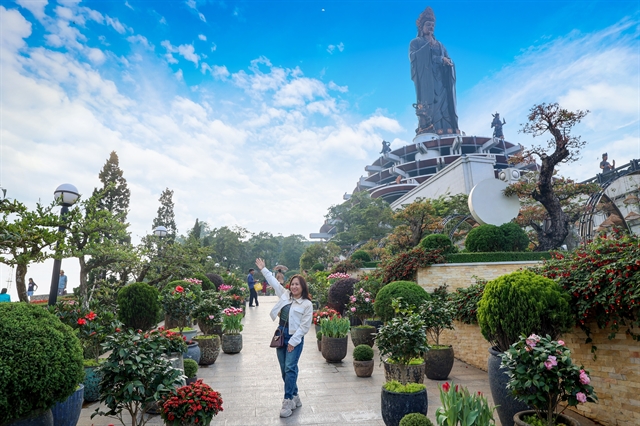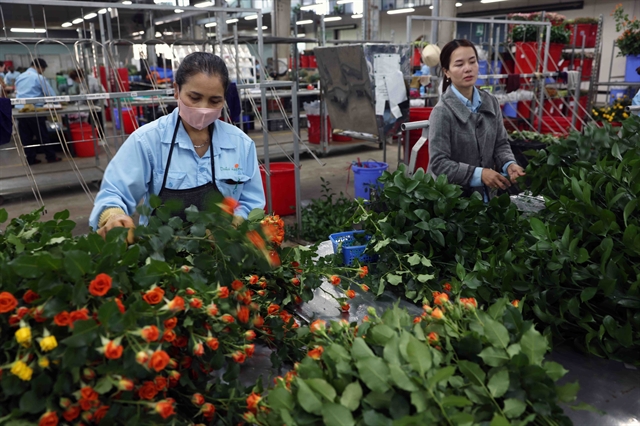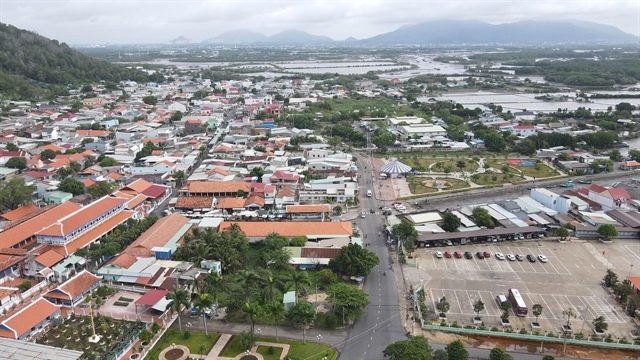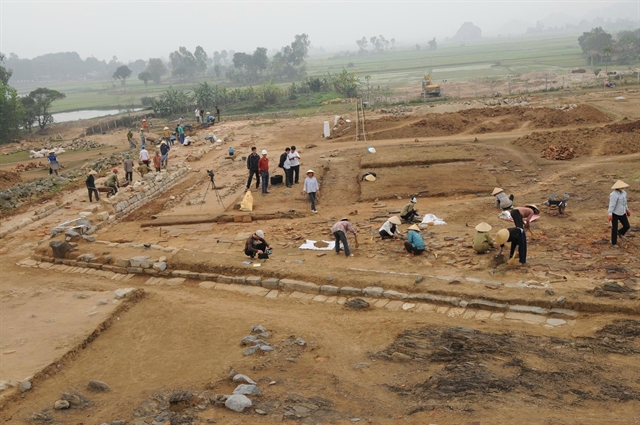 Economy
Economy


|
| Roses are selected for export at Dalat Hasfarm Co in Lâm Đồng Province. — VNA/VNS Photo |
HÀ NỘI — Việt Nam’s flower export industry has officially surpassed US$100 million in turnover, marking a significant milestone for one of the country’s fastest-growing agricultural sectors, Deputy Minister of Agriculture and Environment Hoàng Trung announced.
During the opening of the VNUA Flower and Ornamental Plant Festival 2025 held in the capital city late last week, Trung highlighted orchids, roses and chrysanthemums as key export products. These flowers have contributed to high incomes for local farmers and enhanced the country’s reputation in the global flower market.
According to Trung, Việt Nam has a long-standing tradition of cultivating flowers and ornamental plants, while in recent years, the sector has seen significant expansion, with major production areas now established in Đà Lạt, Hà Nội, Nam Định, HCM City and Đồng Tháp.
The current total area dedicated to growing flowers and ornamental plants has reached nearly 45,000ha, an eightfold increase compared to 2000. The industry’s output value has also shown impressive growth, rising by between six and eight per cent annually.
To elevate flowers and ornamental plants into a sustainable and officially recognised economic sector, Trung said his ministry has outlined five key strategic solutions.
Among them are improving institutional frameworks and policies to formally classify flowers and ornamental plants as an economic sector. This includes introducing preferential policies on credit, land, and taxation and updating the national development plan for the industry through to 2030 to reflect the current growth opportunities.
Production must be reorganised by establishing specialised cultivation zones in regions with favourable conditions, Trung said, adding that his ministry aims to promote cooperative models and links with major enterprises, while building a complete industry ecosystem that includes traceability and sustainable production standards.
Fostering the application of science and technology should be prioritised. Key focus areas include developing new plant varieties and adopting advanced technologies such as greenhouses, drip irrigation systems, tissue culture techniques, using AI and the Internet of Things (IoT). Establishing modern technology centres, nurseries and state-of-the-art preservation facilities should be also included.
Top priority should be also given to market development, including domestic brand-building, expanding e-commerce and integrating ornamental plants into eco-tourism. On the international front, the strategy involves promoting exports, building national brands and establishing global flower trading platforms.
In addition, developing human resources is critical. Trung said the ministry will invest in vocational training for farmers and artisans, expand specialised educational programmes and strengthen the role of research institutions and organisations in both training and policy development.
The Director of the Vietnam National University of Agriculture, Nguyễn Thị Lan, agreed with the ministry’s approach. She noted that the application of high technology and digital transformation such as tissue culture, automated greenhouses, IoT, and traceability, plays a crucial role in enhancing the competitiveness of Việt Nam’s flowers and ornamental plants across both domestic and international markets. — VNS




